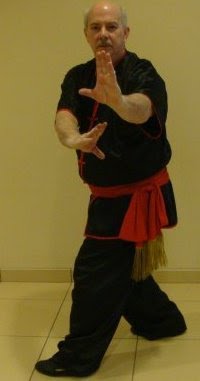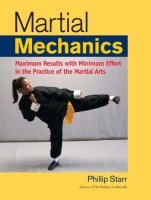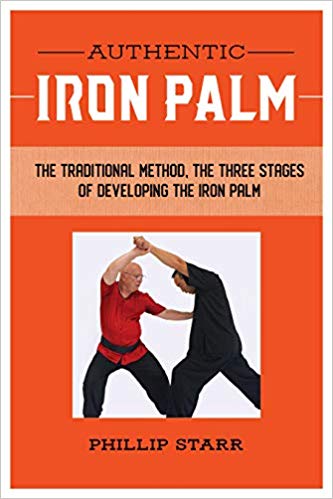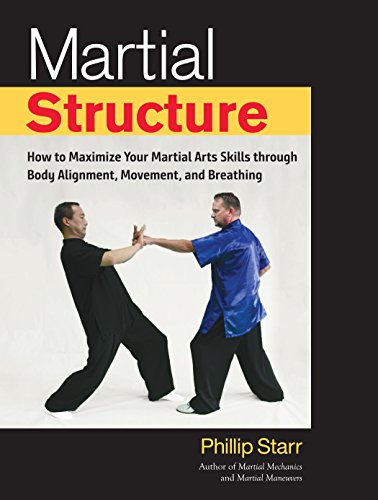by Phillip Starr
When I first undertook the study of baguazhang under my teacher, Master Chen, he would walk past me and slap the backs of my hands and growl, “Dead hands! You must have LIFE in your hands!” I didn't understand. OF COURSE my hands were alive; I was alive, wasn't I? So, I asked just what he meant.
He showed me that what he called a “dead hand” was a normal, relaxed hand. In baguazhang, as well as xingyiquan, taijiquan, and other martial forms, the hand had to be held just so; the fingers had to be stretched and placed in the proper position(s). Otherwise, he said, qi cannot be properly expressed through the hands or arms.
He held up one hand as if to show me that he ha all five fingers. “This kind of hand is dead”, he said. “No life. No power.” Then he adjusted his fingers into what he called a “willow-leaf palm” with the forefinger stretched back and said, “This hand has life.” The fingers were to be stretched forward, as if extending them away from the palm. They should not be tensed, he said. Tension in the fingers would cause tension in the arm, making it too wooden and block the flow of qi. Sure enough, the tendons in the fingers do, in fact, run into muscles in the forearm that connect to the elbow.
Sometimes a tiny, seemingly insignificant and barely perceptible adjustment makes all the difference in the world. For instance, in iaido (the art of drawing and cutting with the Japanese sword), when the sword is initially drawn with the right hand, there are several seemingly minor things that one absolutely must master if one is to have any hope of acquiring genuine skill. For one, the right hand does not grasp the handle of the weapon (tsuka) by wrapping the fingers around it as doing so restricts the movement of the wrist. Instead, the hand is kept “soft” and open. As the right arm moves, slight pressure from the thumb and forefinger allow you to control the sword.
The scabbard (saya) is actually REMOVED from the sword by pulling it back with the left hand (which should be positioned just so). The right arm does NOT unsheathe the sword. The initial horizontal cut demonstrated in the first basic kata (Mae) is NOT made with the right arm.
Nor does it begin from the mouth of the scabbard (once the scabbard has been removed from the blade); instead, the little finger of the open, “soft” right hand puts pressure on the grip to bring the sword into a perfectly horizontal position BEFORE cutting. The cut is then made by closing the fingers around the grip, starting with the little finger. And all this is really a gross oversimplification...
All such teeny details, but they make a huge difference! In the movement of “push” in taijiquan, we see many practitioners (some of them very senior) starting the push with the palm pointed directly at the target. To do it correctly, the (pushing) hands should travel towards the target palms down (as if to strike with your fingertips). Only at the last second are the fingers raised so that the push is made with the palm(s). This “wrist snap” at the very last inch of the technique maximizes its velocity so that the blow is made with maximum power. To do otherwise results in a “shove.”
In making a side thrust kick, I was told that the toes (especially the big toe) of the kicking foot should be pulled back so as to create adequate tension and strength in the ankle so that the ankle won't “buckle under” upon impact. Initially, I had trouble doing this but I was very young and a few nasty experiences with a heavy bag convinced me that this was a tiny but vital principle that had to be mastered.
There are countless minuscule, ostensibly negligible or meaningless movements (and even non-movement) liberally sprinkled throughout all of the various martial ways. You can easily spend a lifetime seeking to find them, but the rewards are more than worth it!




.jpg)

.jpg)

.jpg)


.jpg)

.jpg)
.jpg)










.jpg)




















.jpg)
.jpg)

















